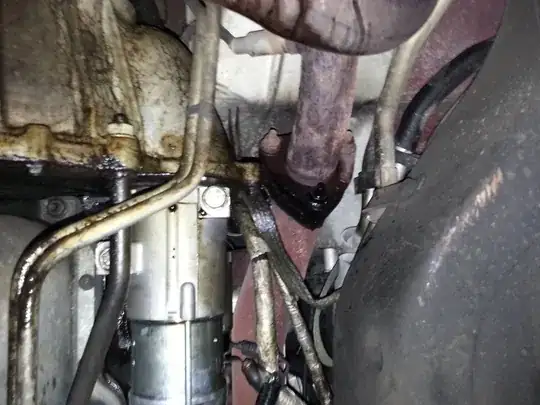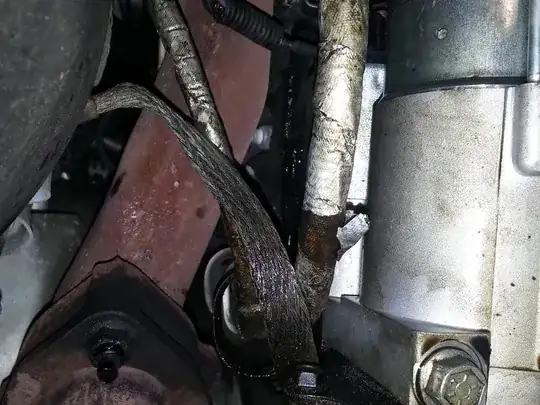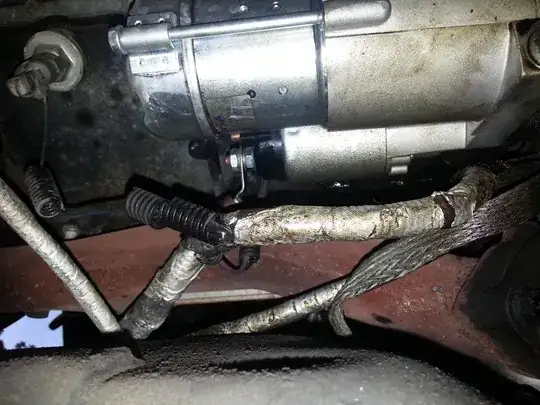The most recent update is at the bottom. This looks interesting.
The Smoke
- I'm confident the smoke is from burning oil. It's slightly blue, absolutely not white.
- If the engine is warm and I am idling on a downhill slope, then the engine begins letting out a lot of smoke. If the problem does not occur right away, it can quickly surface by revving in Park.
If the engine is 'cool', and I am on an uphill slope, I can't get the smoke at all, even intentionally. - There's a small amount of smoke on engine start which goes away entirely in short order. Except, of course if the engine had a lot of smoke right when I turned it off, then there is a lot when the engine starts.
- The vehicle will vibrate if there is a lot of smoke.
Ruled out
- The oil level is not too high or too low.
- The PCV valve is fine. It properly sucks air while running. The rattle sounds correct. I have not tested whether it blocks air from the opposite direction. There is no noticeable air suction when placing my hand over the on the opening for the oil cap. (I have doubts on the relevance of that test.)
Other Clues
On those times when the engine is letting out significant smoke, if I pull in and park right then, I see dripping oil on the driveway on the way in and a small puddle under the vehicle shortly after I park.
Here is the picture, taken from under the vehicle near the passenger side tire:
(the bottom of the picture is closer to the front of the vehicle)
(the space where the tire belongs is on the lower right of the picture)

Because of your comments. I will see if I can be more specific on the source of the oil.
Block Test did not reveal a problem. (test details)
Coolant System Pressure Test (engine off) reveals a drop in pressure. (drops from 17 psi to 14 psi in 13 minutes)
Unrelated?: Oil pressure was low when idling a warm engine (below 10, sometimes quite a bit lower). However, smoke occurs even during the times the pressure is normal.
Related?: After that pressure item, and before this current problem, I incorrectly of overfilled the oil. The vehicle was driven a few times before the oil was drained out again. It is possible that overfilling the oil caused a problem.
Update, this looks interesting

Notice that line of fresh oil shown vertically in the picture. It is definitely coming out of a seam on the side of the engine housing, and making a mess of oil on the starter, cables and tubes.

That picture shows the approximate range of the oil. As you can see (or take my word for it), the oil only is leaking out of the vehicle at the rear end (right in the photo) of that side of the engine housing, the line of oil doesn't continue towards the front. (left in photo)
I'd appreciate you letting me know what this means.
I can't find where oil leads to the exhaust pipe. It looks like it comes straight out of that pipe.
And, again, the oil drips only occur if the vehicle has had a lot of smoke before pulling in.